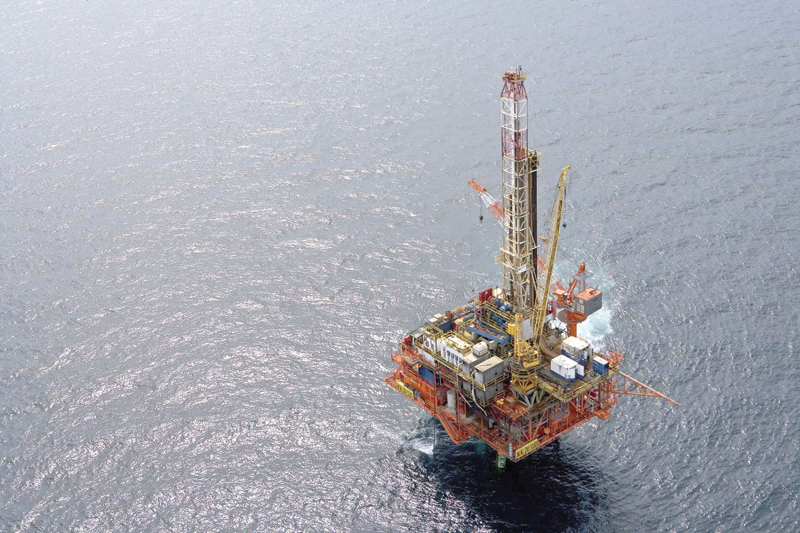

Oman’s offshore basin represents a new frontier fraught with significant exploration challenges but with promising upside potential as well, according to a high-level executive of Italian energy super-major Eni.
Fabrizio Bolondi (pictured), Vice-President — Middle East Region, voiced optimism about the hydrocarbon potential of the Sultanate’s deep-water basin, particularly off the Sultanate’s southern seaboard where Eni is the operator of the sprawling Block 52 offshore concession.

“We believe the Middle East has proven basins; there is good exploration potential,” said Bolondi. “We believe Oman will be a pillar for the company’s expansion in the Middle East,” he added in a presentation at the OPAL Oil & Gas Conference, which began at the Oman Convention and Exhibition Centre on Sunday.
Eni’s local subsidiary Eni Oman BV is the operator of Block 52 — a massive 90,790 sq kilometre concession — with a 55 per cent stake. Qatar Petroleum holds a 30 per cent interest, while Oman Oil Company Exploration & Production (OOCEP) — the upstream investment arm of Oman Oil Company — owns the balance per cent.
Launching his presentation with the query, ‘Is There A Future for Deep-water Exploration in Oman?’ Bolondi responded in the affirmative: “The answer is positive, because Eni wouldn’t have come all the way to Oman to say there are no opportunities there.”
But despite the huge financial and technological challenges in unlocking the hydrocarbon potential of deep-water opportunities, companies still pursue deep-water exploration, because it pays, he said.
“Since 2015, around 75 per cent of new discoveries coming from conventional exploration are from offshore areas, with half of this coming from deep-water basins,” said the executive. “In 2018, more than 70 per cent of volume discovered in the first half of the year has come from deep-water exploration. In comparison, more than 50 per cent of all wells were drilled onshore, but only 17 per cent of the wells yielded any resources. So the rewards are (comparatively) small onshore.”
At the same time, offshore drilling in deep-water is falling, said Bolondi. When high oil prices prevailed, the cost of hiring a drilling ship averaged about $500,000 per day (without services). The average price today is about $200,000 per day, he noted. He said Block 52’s water depths range from 10 metres near the coast to 3,000 metres at the deep end. The average depth is about 500 metres.
Three wells drilled by previous operators on the shelf have yielded “good results” in terms of hydrocarbon shows. “We cannot consider this as a commercial discovery, but there is a petroleum system which is working — an encouraging result even if not proven yet!”
However, little is known in deeper waters of Block 52, however. A solitary well named SQB1 in deep-water has yielded evidence of a hydrocarbon system. “What we don’t know what is contained in the deep-water sector, but we believe there is potential. We are carrying out a full block evaluation with seismic, which is key to understanding what it contains,” Bolondi stated, adding that a tertiary target identified in deep-water is also being studied by the company.
To uncover the potential of Block 52, Eni is leveraging its formidable expertise as well as proprietary drilling and exploration technologies in unlocking the potential of the concession, said Bolondi. In this regard, he also welcomed the “attractive terms” offered by the Omani government that enabled Eni’s foray into the Sultanate’s offshore sector.
“Exploration in deep-water Oman is a high risk-high reward challenge,” he said, noting that international oil companies may find it attractive to take up such risky challenges if they are aligned with the company’s portfolio and strategy.
Oman Observer is now on the WhatsApp channel. Click here



